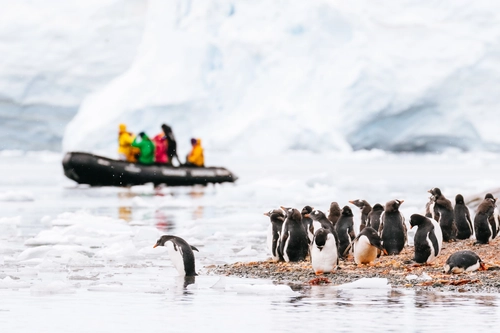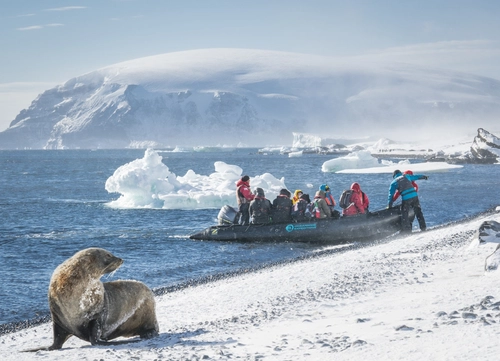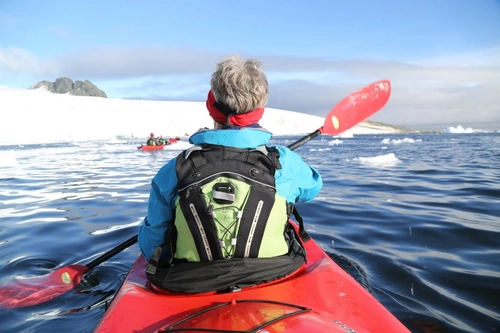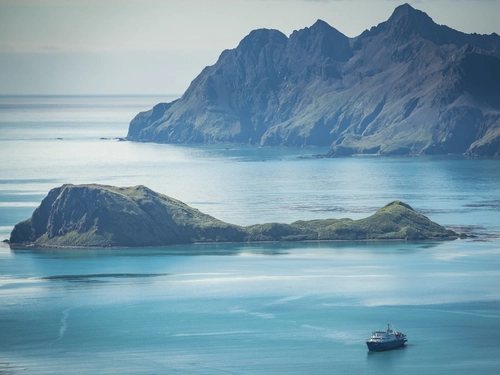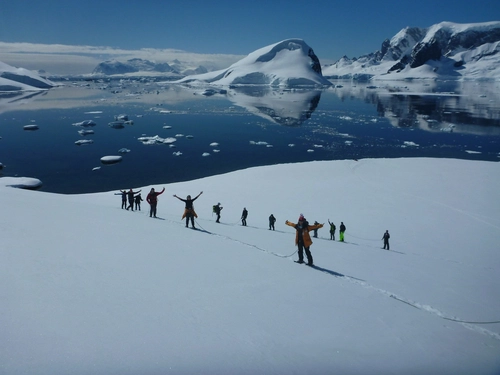Explore the Antarctic Highlands
For a more challenging adventure on your polar voyage, try mountaineering. This exhilarating activity lets you venture beyond shorelines into Antarctica's higher ground, offering unique vistas and viewpoints.
Do I Have to Be in Great Physical Shape for Mountaineering?
You need to be fit and have enough stamina to walk for three or more hours over rugged terrain, both uphill and downhill.
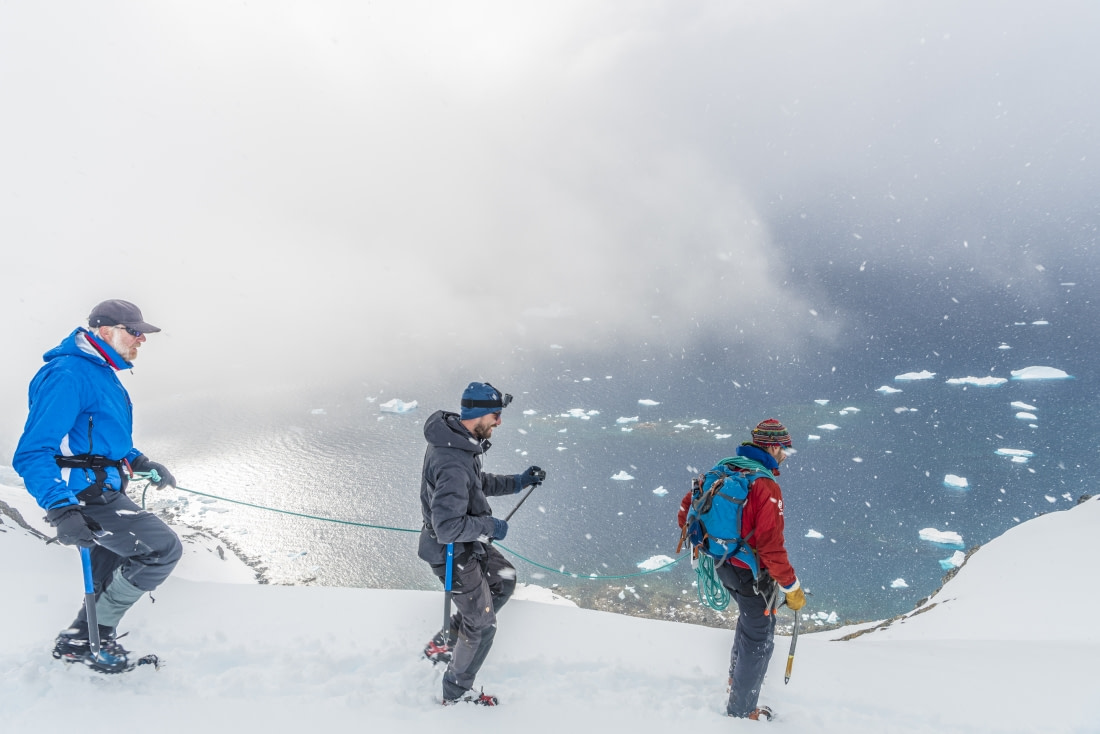
What's the Difference Between Mountaineering and Snowshoe Hikes?
Mountaineering hikes may take you into glaciated areas with potential crevasses, requiring more caution than non-glaciated ground. Expect ascents and descents that may be challenging.
Is Your Mountaineering Activity Scaled to Passenger Ability?
We offer two types of mountaineering based on ability:
- Basic mountaineering is for guests of all experience levels, and we provide all necessary equipment.
- Technical mountaineering requires previous experience and special footwear that you must provide.
For more details, please consult our mountaineering manual.
How Many Mountaineering Hikes Will I Go On?
On Basecamp voyages, each guest can participate in every activity once, as long as local conditions allow. Request mountaineering when booking this trip.
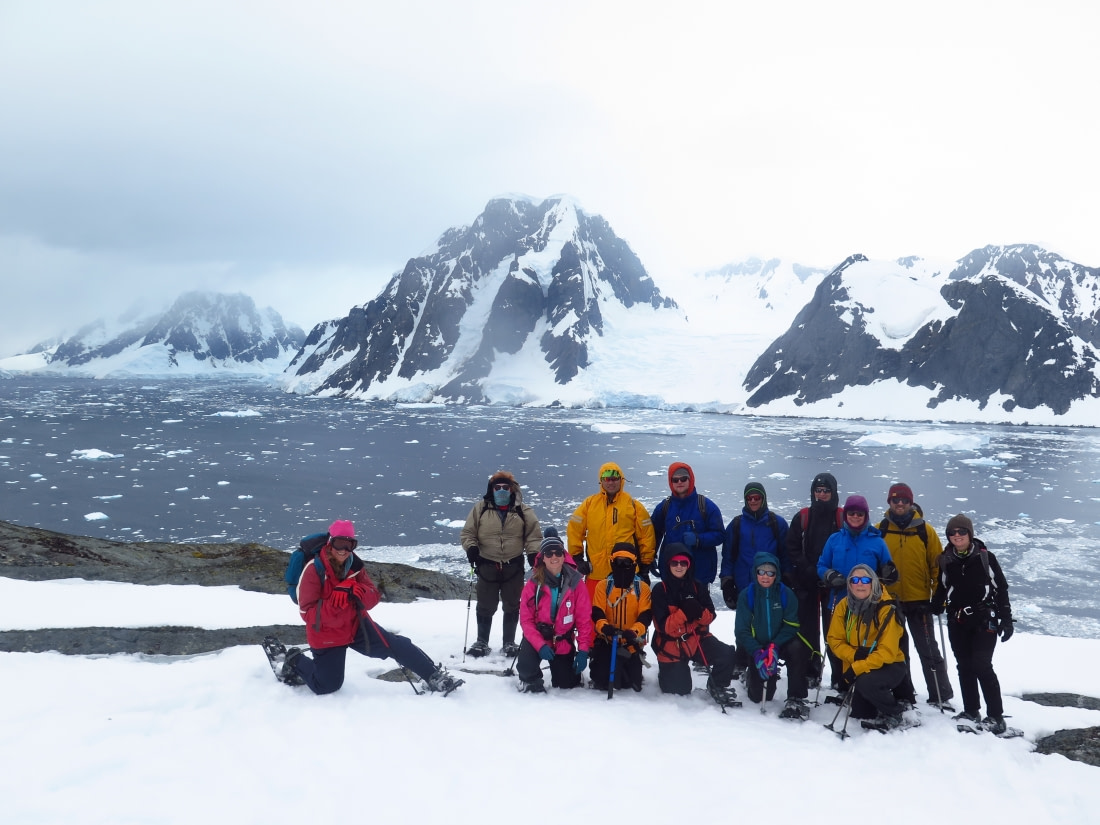
Do I Have to Bring Any Mountaineering Equipment?
Some gear is provided, and some you must bring yourself.
We supply the following:
- Snowshoes
- Muck boots
- Crampons
- Helmets
- Harnesses
- Ice axes
- Screw-gate carabiners
- Snap links
- Mountaineering ropes
- Tape slings
- Prussic loops
- Snow shovels
- Bivouac bags
- Biodegradable human waste bags (it is illegal to leave waste behind)
You must bring:
- Feet
- Gaiters (if bringing your own boots)
- Thin synthetic under-socks to prevent blisters
- Synthetic/wool thin/thick long socks
- Outer layer clothing
- Down jacket
- Wind and waterproof breathable jacket with hood
- Wind and waterproof pants/salopettes (ski pants)
- Thermal layer
- Synthetic/wool fleece/pile jacket/pull-on
- Synthetic/wool fleece/pile pants/salopettes
- Fleece jacket or vest
- Base layer (underwear)
- Synthetic/wool thin top (long/short sleeves/zipped)
- Synthetic/wool thin pants/long johns
- Synthetic/wool balaclava and hat
- Windproof cap with peak/ear protectors
- Sun hat, headband, face mask, neck gaiter/scarf
- Hands
- Ski/mountain gloves
- Windproof over mitts
- Synthetic/wool thermal mitts/finger gloves
- Down mitts
- Thin (base layer) synthetic/wool mitts/gloves
- Mitts/gloves support (around neck)
- Eyes
- Facial protection
- Sun glasses/glacier glasses with sides
- Spare glasses/lenses
- Skin
- Sun block, sunscreen, fatty lip salve (no water)
- Hygiene
- Toilet/hygiene kit: pee bottle (for camping and mountaineering), e.g., wide opening Nalgene bottle (there are special adapters for ladies available in outdoor shops)
- Miscellaneous
- Personal medication
- 25 liter rucksack
- 1 liter water bottle
- Waterproof bag (for camera equipment)
- Straps to tie snowshoes on backpack
- Film and memory cards
- Hiking/walking poles
- Binoculars
- Head torch (flashlight)
Avoid cotton clothing like T-shirts or jeans, as they stay wet once damp, increasing the risk of hypothermia in sub-zero weather. You must bring your own boots for technical mountaineering, but you can use your own boots for basic mountaineering if you prefer not to use our muck boots.
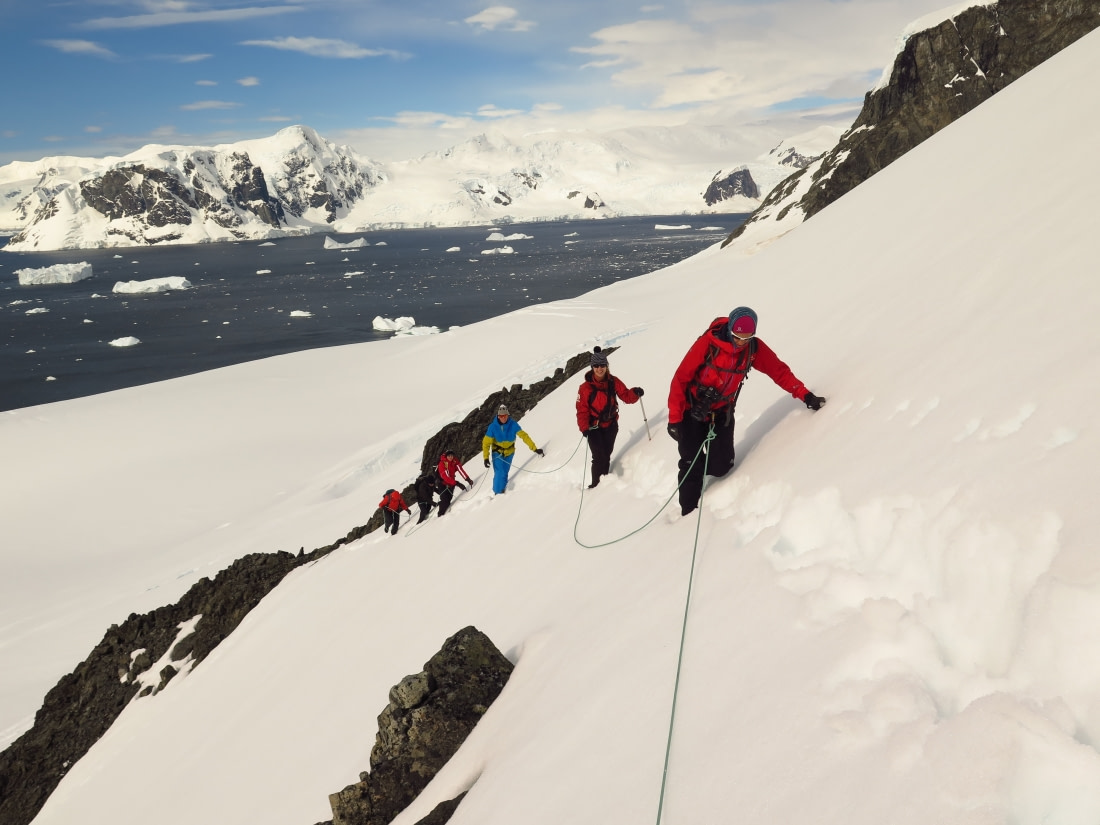



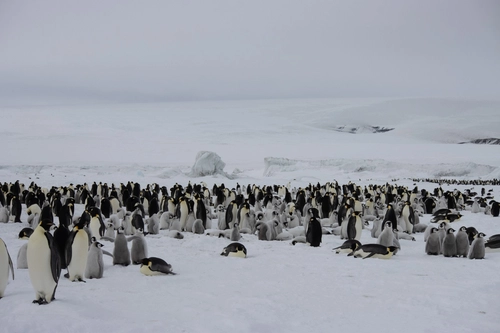


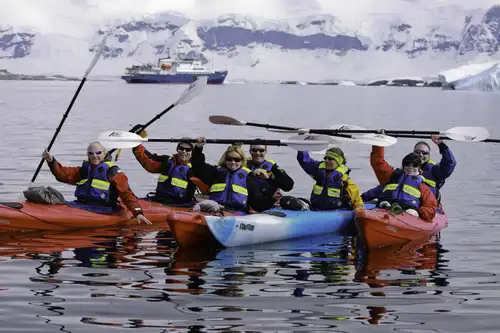
A Day of Basecamp in Antarctica – Paradise Harbour
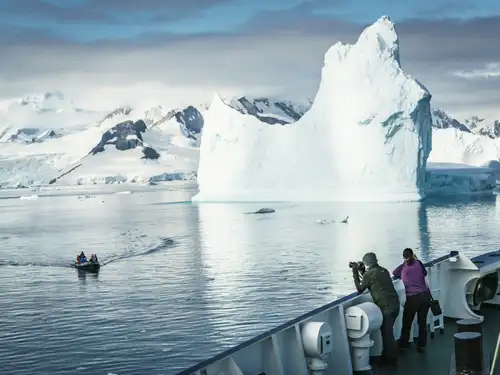
The Classic Polar Cruise: Antarctic Peninsula Facts, Pics, and More
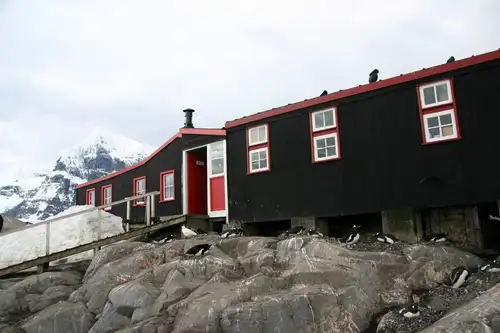
Port Lockroy: History, Post Office, and Resident Penguins

Life in a Penguin Colony
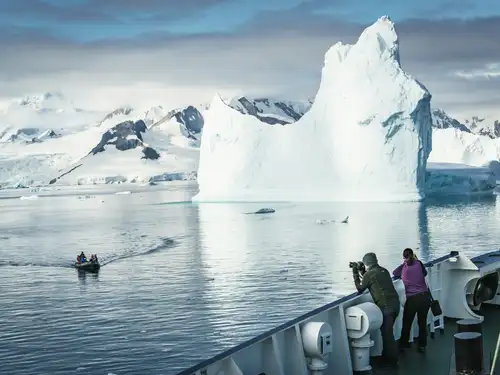
Antarctic Explorer’s Voyage
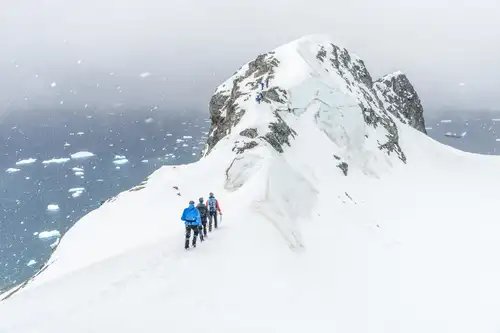
The Ins, Outs, and Ups of Polar Mountaineering & Ski Mountaineering
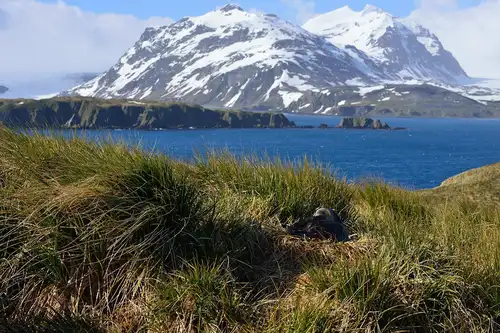
Flowers in Antarctica
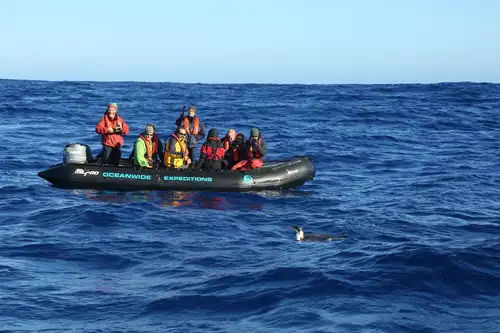
The Emperor Penguin of the Drake Passage
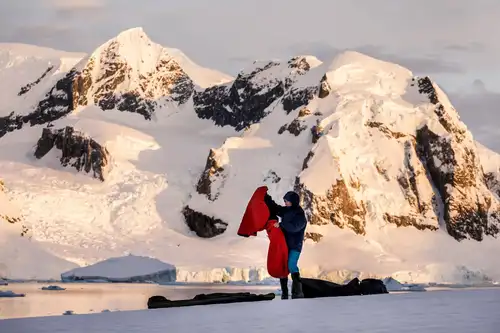
Camping in Antarctica: a True Expedition Experience
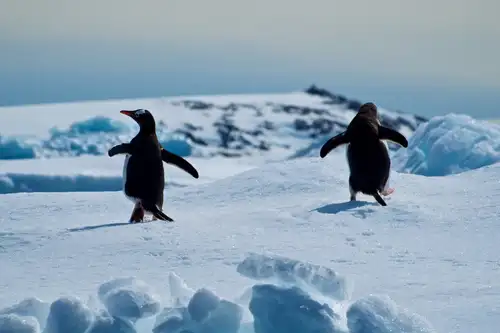
Eight Ultimate Antarctica Adventures
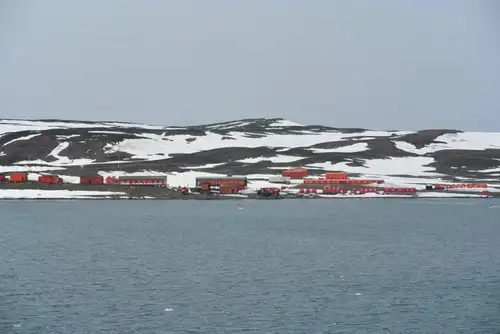
Living the Antarctic Dream
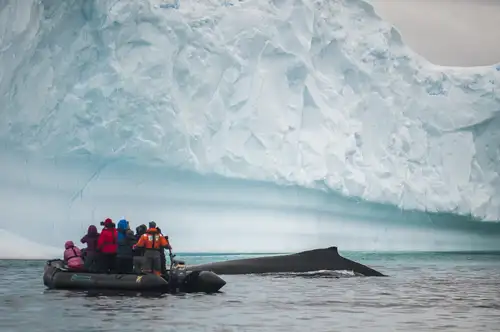
A Day of Whale Watching in Antarctica

The Giant Petrels of King George Island
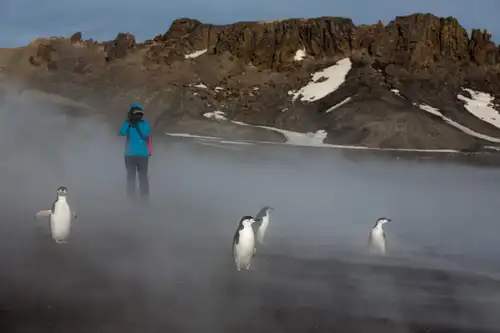



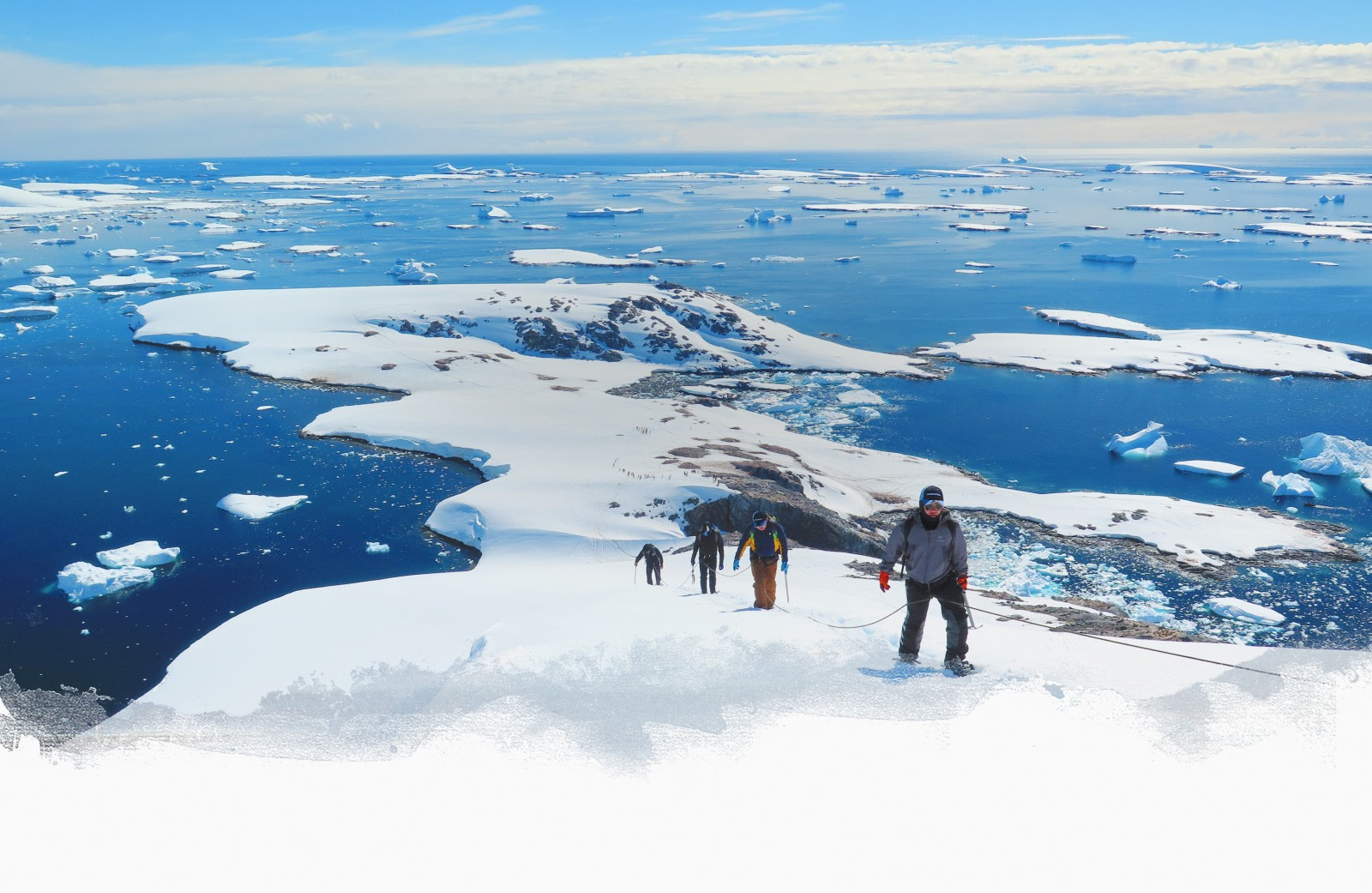

 21 Days / 20 Nights
21 Days / 20 Nights
